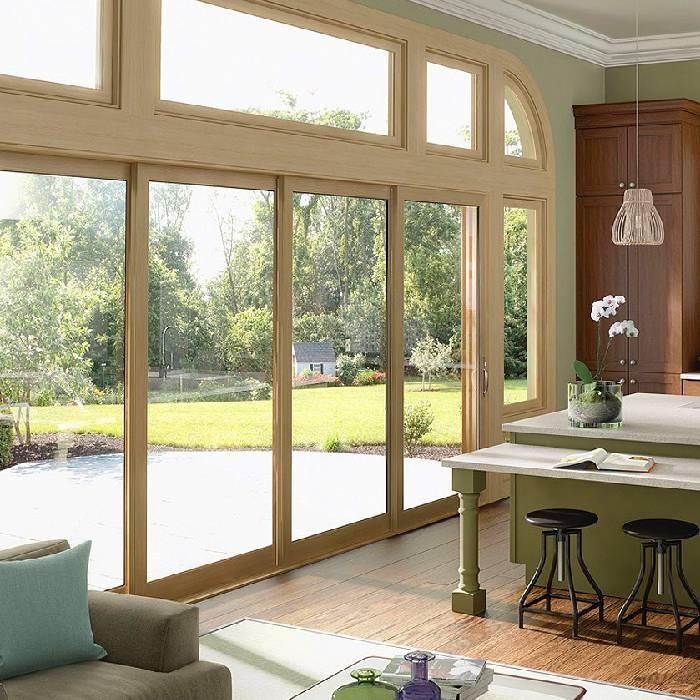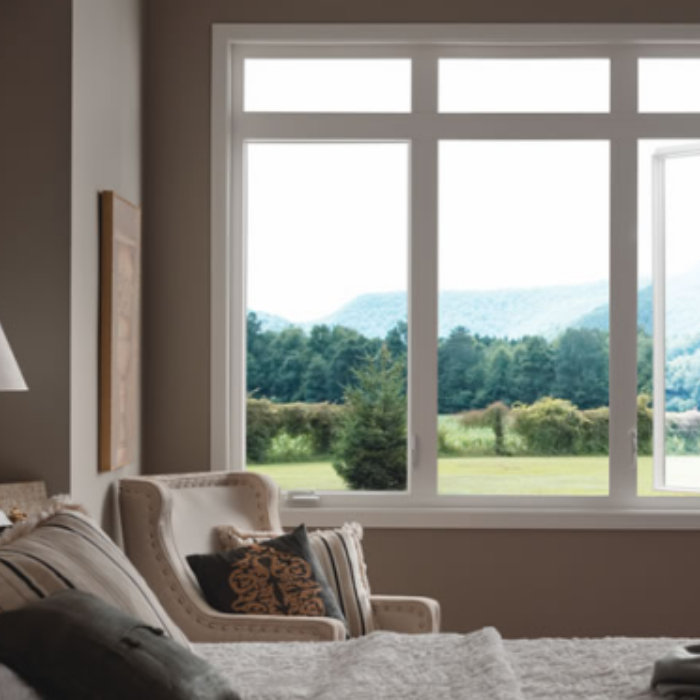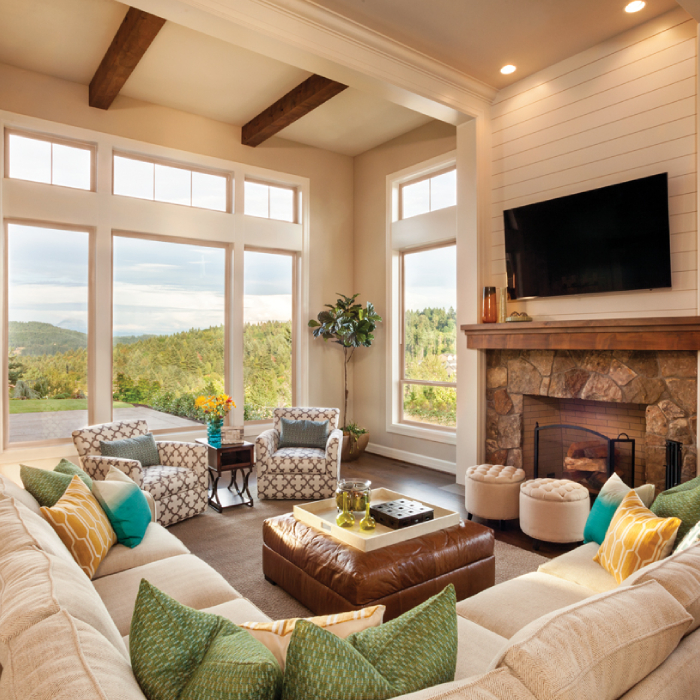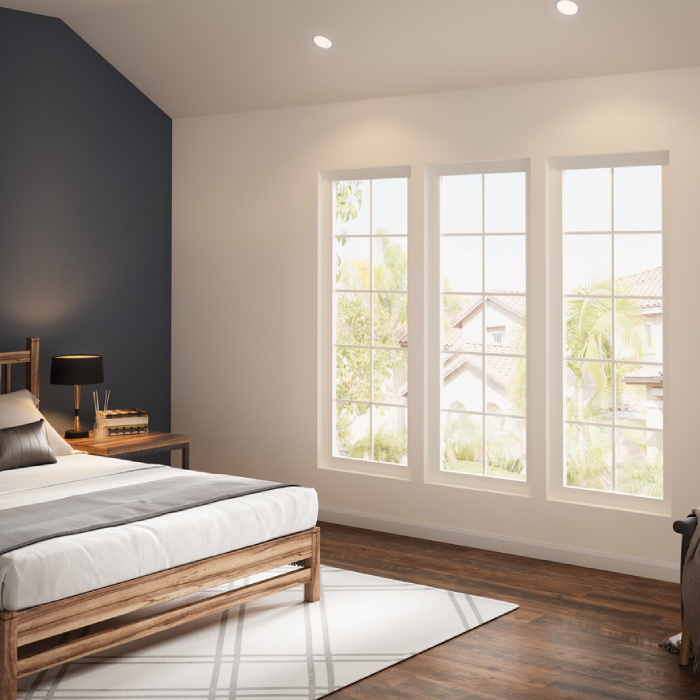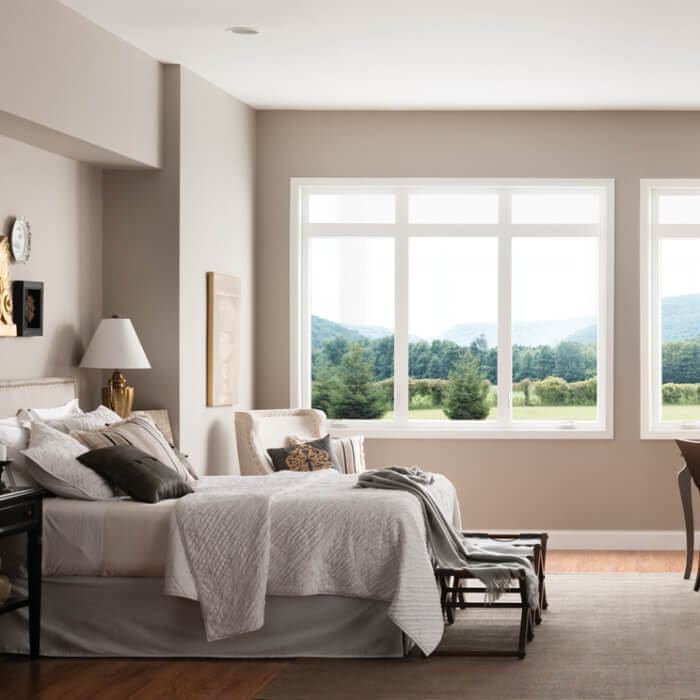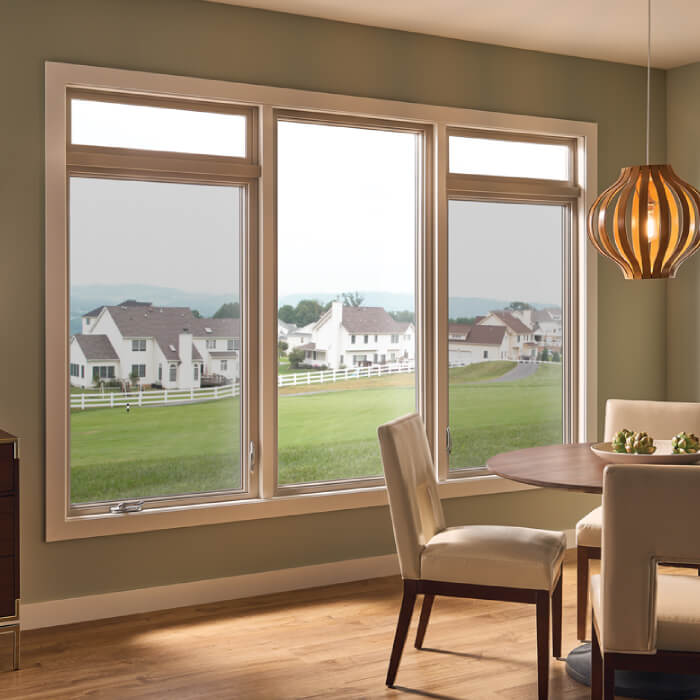What is Low-E Glass?
Low-E glass refers to low emissivity, or low thermal emissivity windows. The question that always gets asked is whether or not they’re actually energy efficient. Low-E windows are in fact energy efficient since any material that emits, absorbs, or reflects radiant energy is inevitably going to save some amount of energy.
With regards to window glass, it’s naturally thermal emissive and plain glass tends to absorb a great deal of energy without reflecting too much. This suggests that if your windows are clear glass, you are literally absorbing 100% of the sun’s heat energy in addition to radiant heat from the inside. However, none of the energy itself is being utilized in producing an energy efficient window. Any heat that’s absorbed through the glass throughout the day is getting released back out at night. This is the reason why some rooms in a home are very hot in the daytime and freezing cold once the sun sets in the evening. As a result, it takes more energy and money to either heat or cool the home.
In order to improve a window’s thermal efficiency and insulation, a very thin film coating is adhered to the glass of the window. This process is performed at a glass manufacturing company where specifically designed coatings are carefully applied to at least one surface of a glass unit. For instance, quite often the window glass is coated on the outer pane’s inside section on a double-pane window. This film coating works to reflect the radiant energy, which is intended to maintain the energy on the exact same side it generated from while letting in the overall light. Therefore, when the sun is shining, a Low-E window will reflect most of that unwelcome energy back out towards the sun rather than letting the heat infiltrate through the glass. When you run your heater, the process is the same. The energy produced from the heater encounters the Low-E glass of the window and is then reflected back in towards the center of the home and put to use.
Regardless of what kind of Low-E windows you decide to install, they will definitely outperform plain glass windows. Low-E glass windows are naturally “green” and just make more sense to use. It won’t be long and they’ll be standard in all new construction. There have been a few worries concerning the impact of Low-E windows on house plants. In short, Low-E glass windows are created to block the heat, not the light. Plant growth needs the visible light spectrum. In fact, a few recent studies have actually revealed that Low-E glass windows have enhanced plant growth versus clear, plain glass windows.
























